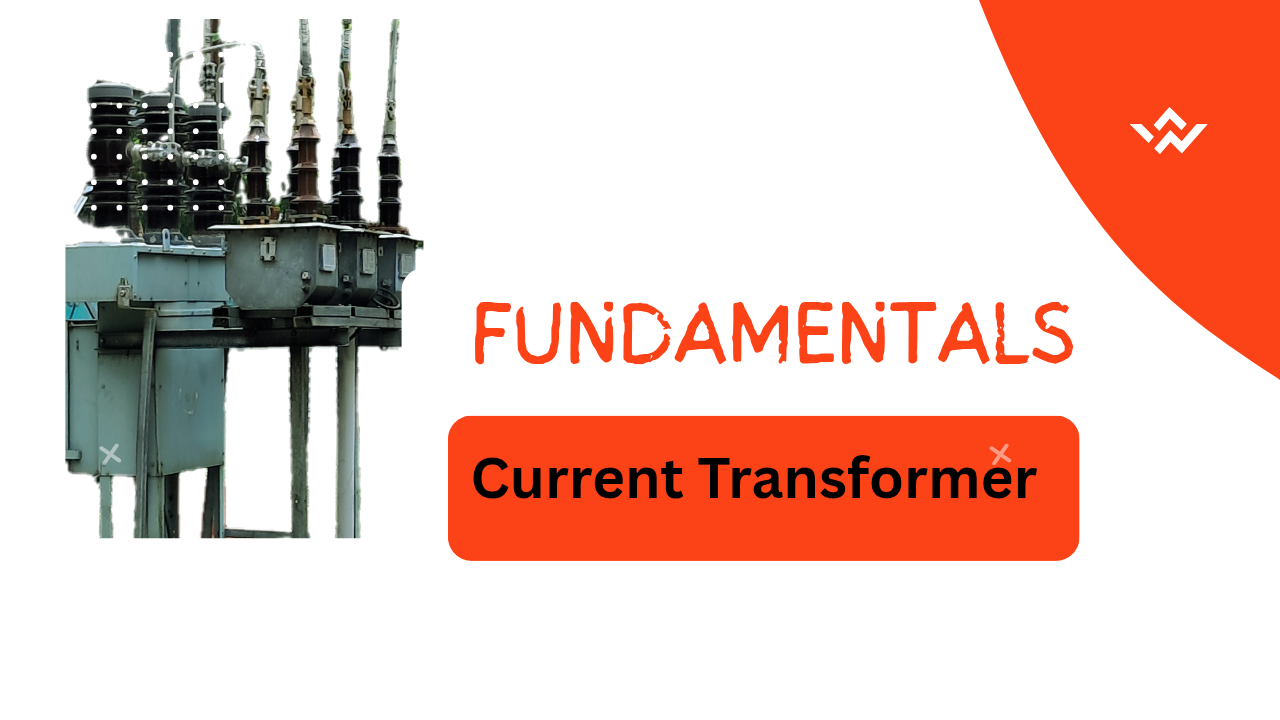Current Transformers (CTs) Explained: Working, CT Ratio, Burden, Accuracy Classes
Introduction to Current Transformers In power systems, measuring high currents directly can be dangerous and impractical. That’s where Current Transformers (CTs) come in — they “step down” large currents to smaller, manageable values for meters and protection relays. Think of them like binoculars for current: they help devices “see” high currents safely and clearly. What … Read more


